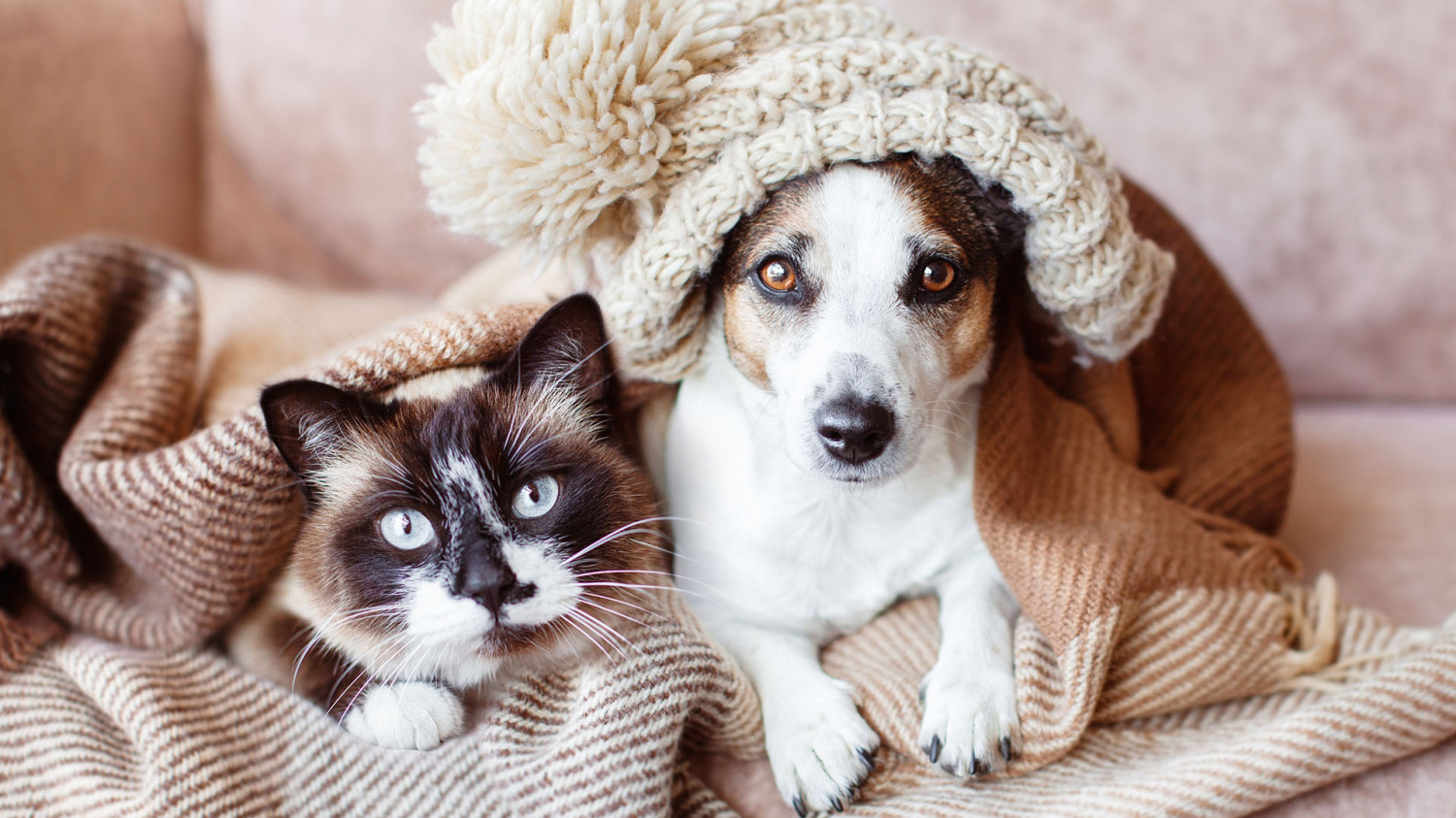

We're here to make your life easier!
Use our quick links below to find exactly what you're looking for on our website.
New
Clients
Schedule Your First Appointment With Us By Filling Out Our New Client Form
Existing
Clients
Schedule Your Next Appointment With Us By Visiting Our Online Portal
Online
Pharmacy
Order Your Pet's Medications, Food, and Supplies
Request Medical Records
Request Medical Records and Vaccine Records
bio
YOUR BEST FRIEND. OUR BEST MEDICINE.
Eastown Veterinary Clinic sets the bar in small animal healthcare in West Michigan. We partner with pet parents to help them make the most of every moment throughout their pet’s life. As an AAHA-accredited hospital, we are recognized among the finest in the industry, and pet parents can expect to receive the highest quality care from a well-trained, professional veterinary team.
We set ourselves apart by always staying true to our Three Uniques:
1. Relationship-Centered Medicine
We allow ourselves the confidence to form a stronger bond with our patients and pet parents. Ensuring respect for our pet parent’s values, preferences, & expressed needs.
2. Thorough, Quality Care
We put in the time and energy to ensure that each step is done correctly and thoroughly. We ensure that each patient and pet parents receive a stellar experience every time and support them by promoting responsible pet ownership.
3. We Love Your Pet
We commit to showing unbiased care, love, and compassion to our patients and helping our pet parents create a home for their pets that is happier, healthier, and full of unforgettable moments.
The qualities that make us unique as a business start from within. We stand out externally because we are internally uniquely successful as a team. We can't wait to earn the title of your family veterinarian in Grand Rapids.
VIDEO
Great service! Amazing Doctor on-site as well that actually cares. She is great, they are all really nice people. Highly recommend
William Q.
Excellent staff all the way around. My pup received high tech, high quality care. Their love of animals was very obvious.
Mark P.
We're proud to serve Grand Rapids, MI
and the surrounding communities.
As a community-focused veterinarian in Grand Rapids, MI, we offer a new level of full-service veterinary medicine at our facility on Lake Drive. We strive to offer excellence and earn the title as your favorite veterinarian in Grand Rapids.
LOCATION
1350 Lake Drive SE
Grand Rapids, MI 49506
HOURS
Mon - Fri: 8:00 AM - 6:00 PM
Sat: Closed
Sun: Closed
We are closed from 12:00 PM - 2:00 PM on Tuesdays ONLY.
CONTACT INFO
Phone: 616-451-1810
Fax: 616-451-1914
Email: info@eastownvet.com

